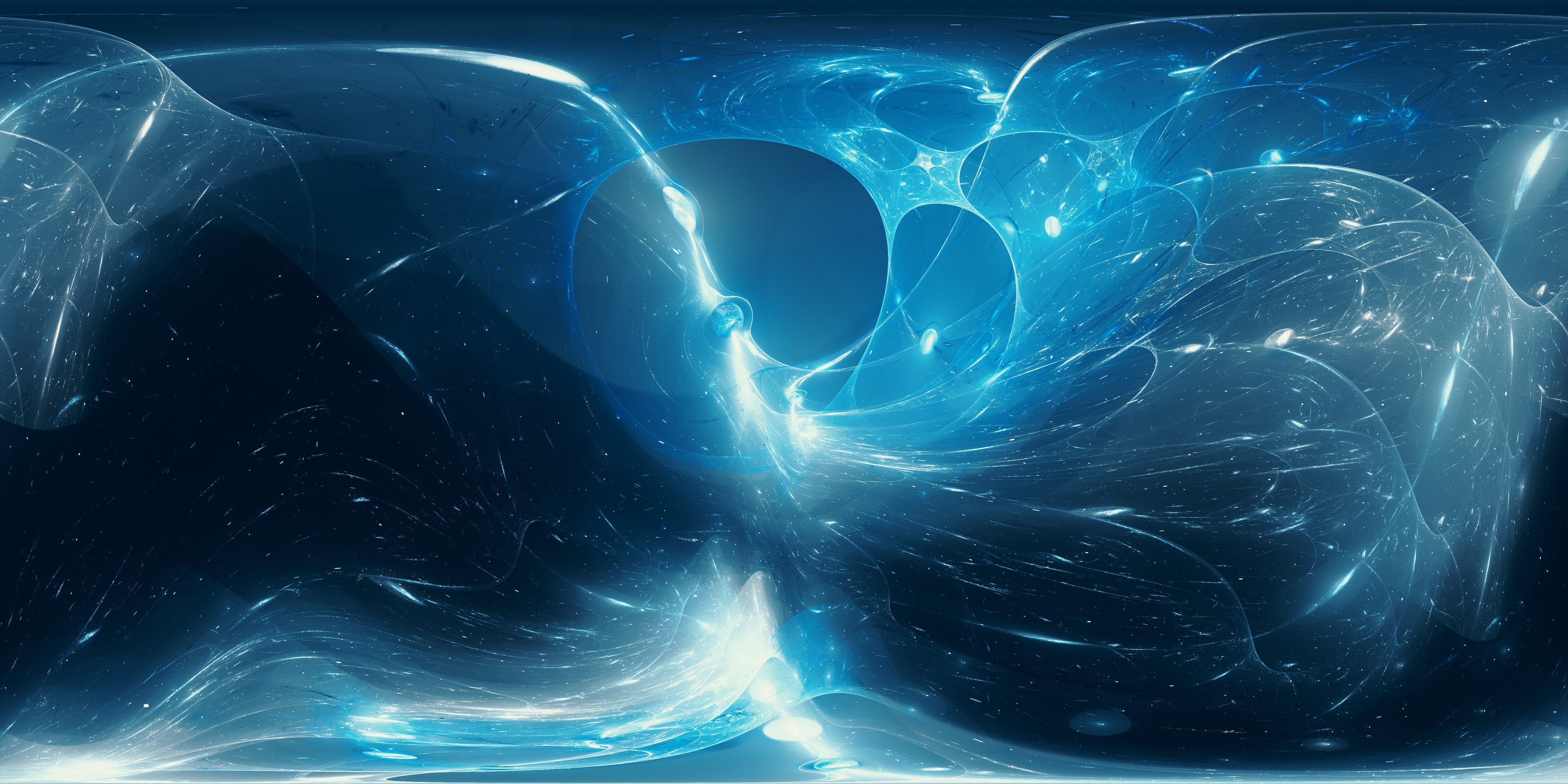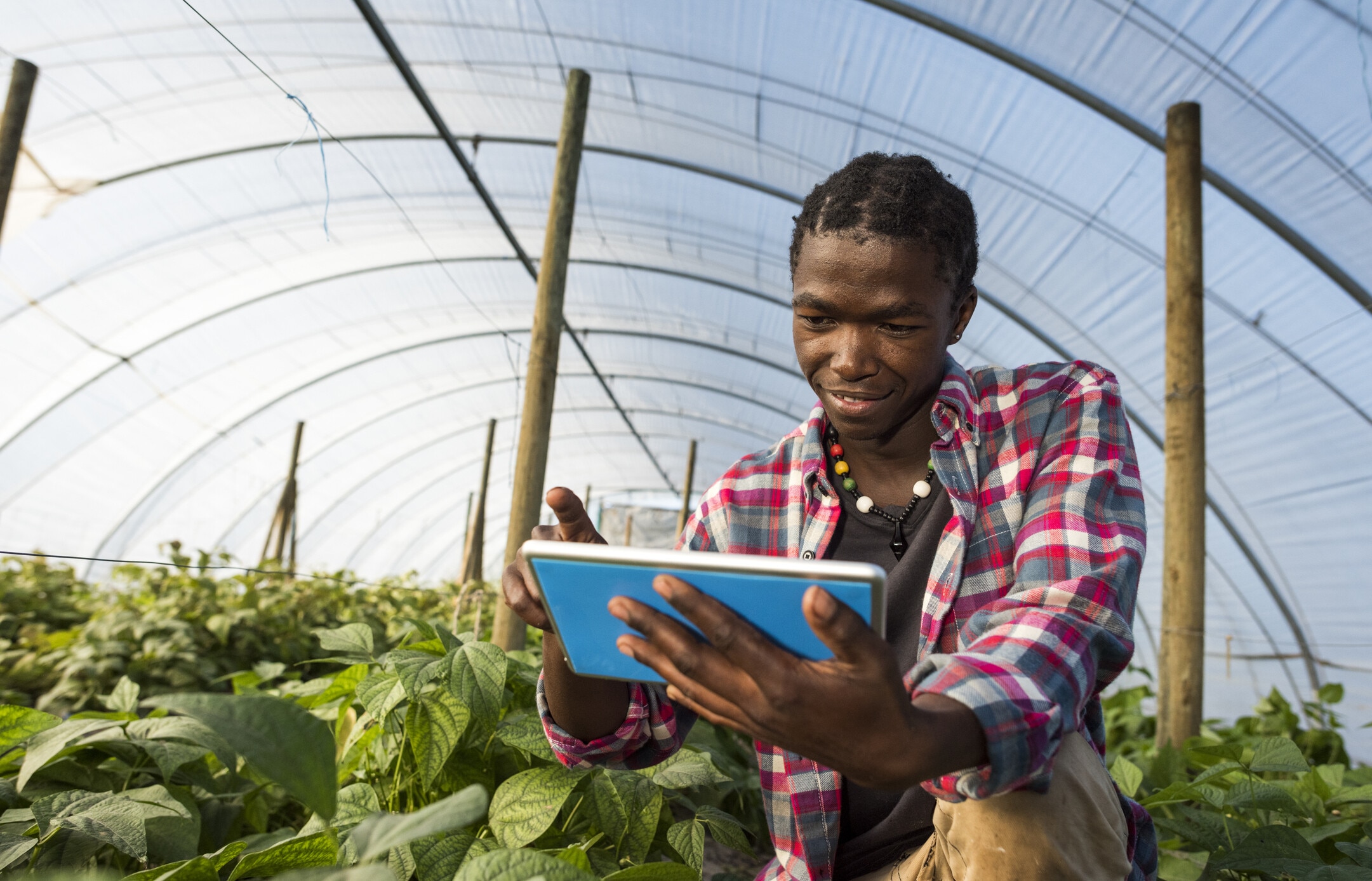4 ways art is sculpting the Fourth Industrial Revolution
We need the power of arts and humanities right at the core of the technological processes, says Andrea Bandelli
Image: REUTERS/Chris Helgren
Stay up to date:
Fourth Industrial Revolution
Surprising as it may sound, art finds itself right at the core of the activities shaping the Fourth Industrial Revolution. Here are four ways it's helping to shape our future direction.
1. Reducing the skills gap
Arts and humanities are fundamental pillars of any education system, and in today’s technology-dominated world their contribution to the school curriculum is more important than ever.
While education in Science, Technology, Engineering and Maths (STEM) is paramount, the changing nature of the skills required to enter or re-enter the job market shows that STEM education is not enough.
Generations of today and tomorrow need to become versed in abilities such as empathy, imagination, creativity, and the key to develop these abilities is a life-long education that is interdisciplinary, cross-functional, cross-industry and cross-cultural.
Integrating the arts into STEM education is therefore a laudable and necessary strategy to reduce the skills gap that the next generation is facing, and to prepare the leaders of tomorrow.
But empathy, imagination and creativity are necessary not only for tomorrow’s leaders and jobs, we need them right now to ensure that science and technology are developed in a human-centred way.
Today we need to balance incredibly advanced technical competences with an unprecedented level of moral complexity that these technologies entail. And we can’t offload today’s problems on tomorrow’s education.
The nature of work is changing, and the function of having a job is going to be radically different in the near future. The “Minimum Wage Machine” by Blake Fall-Conroy is a reflection on the value of work, and on the paradox of maintaining human work despite obvious automation. It allows anybody to work for minimum wage. "Turning the crank will yield one penny every 4.00 seconds, for $9.00 an hour, or NY state minimum wage (2016)," their website states. What does a minimum wage mean, when the job itself is meaningless?
Being prepared to deal with the controversial technologies developed now is the only way to make sure we can fully engage in the conversations that shape the future of our societies. The technological breakthroughs of the Fourth Industrial Revolution can make our society more sustainable and inclusive, or they can exacerbate the fractures in our world. But there’s no easy “yes/no” or “good/bad” switch; it’s not a single decision that will determine the impact of technology on society, but rather an unfolding process based on dialogue with a multitude of stakeholders.
This is why we need the power of arts and humanities right at the core of technological processes, to enlighten, guide and support these dialogues. Yo-Yo Ma makes it very clear: “It’s not enough to outsource culture to the artists and musicians, and receive it as a passive audience. We must engage the full spectrum of human understanding, and every one of us needs to participate in strengthening our cultural resources, all the time.”
2. Trust in technology
Today more than ever, art is necessary to build an emotional framework to make sense of the dialogues at the core of the Fourth Industrial Revolution. Art and culture build trust; the trust we need to bridge conflicting views and interests, to overcome current barriers and obstacles with dynamic and innovative approaches, and to understand the values that are embedded in any process of technological innovation.
Art triggers us to have those “calm, constructive and even uncomfortable conversations on the kind of future we want”, as advocated by Professor Klaus Schwab. Art and culture are a catalyst for these conversations, constant reminders that we need to engage in them; and a reason, a reminder, and sometimes an excuse, not to shy away from them.
Accept our marketing cookies to access this content.
These cookies are currently disabled in your browser.
3. Embedding art and design into prototyping
Art and design enable us to leapfrog the shortcomings of current technologies and give us the possibility to deep dive into the consequences of futuristic “what if” scenarios. An example of this was at the 2017 Annual Meeting of the New Champions in Dalian, where Science Gallery International curated, in collaboration with the World Economic Forum and Wellcome, the “4IR Bio Lab”, a selection of artworks that brought together cutting-edge science and pioneering technology with artists’ understandings of the future. Putting art and design at the heart of the meeting catalysed conversations on the long-term global systems for health and medicine, culture and society, sustainability, and food and consumption.
Building on this successful experience, Salesforce and Science Gallery International joined forces to embed art and design into the rapid and iterative prototyping of new approaches to technology, policy and governance currently developed at the Center for the Fourth Industrial Revolution in San Francisco.
For six months, a series of artworks are unleashing the capacity to express and to critique values before they are embodied in technology. Installed in the working spaces of the Center, these artworks provide cognitive and emotional tools to design the future and make creative breakthroughs in unexpected, emotional and sometimes even ironic ways.
The artworks currently at the Center are remarkable beacons of some of the most important conversations about science and technology that took place at the World Economic Forum’s last annual meeting in Davos. For instance, if you followed the session “Future Shocks: Rogue Technology”, you will appreciate “Ad Infinitum” by Pedro Lopes. This is a parasitic entity that lives off human work, a sculptural machine that embodies what automation can lead to. Is it a dystopian view of our future, or a warning sign of what can happen when intelligent machines become the “users” and humans become “used”? The beauty of its design conceals a questionable reality.
Accept our marketing cookies to access this content.
These cookies are currently disabled in your browser.
4. Shaping the future of health
The Fourth Industrial Revolution is transforming health with the potential to make it much more patient-centric, affordable and accessible. “Circumventive Organs”, by Agi Haines, is a series of speculative designs that imagine which parts of various animals could be used in combination with human tissue to solve common health problems. When these breakthroughs are real, the diseases they cure won’t be dysfunctions anymore: they become the testimonies of those lacking access to the technology. Circumventive Organs show the messy reality behind commoditizing biological material, and its potential to help people in need.
The future of health is precision medicine, and individualized treatments will revolutionize healthcare. “Memory of a Brain Malformation” by Katharine Dowson is a laser etching in glass of a brain tumour. The malformation was successfully lasered out of the brain, and the artist has used a laser to recreate it.
Accept our marketing cookies to access this content.
These cookies are currently disabled in your browser.
The images of the delicate vein scaffold that feeds the brain tissues are reminiscent of a tree, supporting a nest within the branches. It is a part of the organism but alien at the same time, like a parasitic ecosystem. The life-size lasered glass tumour and veins are delicate and ephemeral, like a memory and the echo of the real thing.
These are just four examples of bold art experiments. They will help us gain a new competence and fluency to become comfortable with the unknown; to remain both hopeful and alert about what comes next; to be creative in how we respond to the complexity of the systems around us; and to be humble enough to know that we cannot understand it all.
Don't miss any update on this topic
Create a free account and access your personalized content collection with our latest publications and analyses.
License and Republishing
World Economic Forum articles may be republished in accordance with the Creative Commons Attribution-NonCommercial-NoDerivatives 4.0 International Public License, and in accordance with our Terms of Use.
The views expressed in this article are those of the author alone and not the World Economic Forum.
Related topics:
Forum Stories newsletter
Bringing you weekly curated insights and analysis on the global issues that matter.
More on Fourth Industrial RevolutionSee all
Ruti Ben-Shlomi
August 11, 2025
David Timis
August 8, 2025
Henrik Hvid Jensen
August 7, 2025
Samuel Alemayehu
August 5, 2025




